From iconic blue and white to handmade wooden furniture, these are the ingredients for authentic Mediterranean design style.
On the mediterranean coast, the timeless charm of the sea melts into the distinctive shapes of iconically mediterranean architecture. Enveloped in the scents of nature, these houses truly indulge in a style that is completely “southern.” We explore what makes mediterranean homes unique, and what characterises their amazing interiors.
White, the undisputed protagonist
In a warm climate, protection from the sun and heat is crucial for the greater part of the year. It’s no surprise, then, that white is the predominant colour in this region. Furthermore, lime has cooling and antimicrobial properties, making this colour even more widespread in Mediterranean architecture. However, its significance has long circumvented its original practical uses, and it has become a kind of aesthetic code, associated with visual relaxation and a sense of cleanliness for both the eye and the mind.

Unfailing blue
More than any other colour it is blue that acts as the counterpoint to white’s dominance in the architecture of the region. Its diverse shades – pale blue, turquoise and ultramarine are the most frequently used – recall the coast and the sea that bathes it, and are the perfect choice for breaking up the uniformity of a white backdrop. It’s great not only for doors, window frames and finishes, but also for furniture and accessories.

The charm of stone
Stone is one of those materials that are able to define the aesthetics of a space. Especially characteristic of the region is tuff stone, or stone formed from compacted volcanic ash. Highly prized and frequently used throughout the Mediterranean regions, stone is often left exposed in both outdoor and indoor spaces. Furthermore, it is versatile, allowing for the creation of beautiful pieces such as the amazing bathtub we see in this picture.

Ceramics
Majolica (Italian glazed pottery), azulejos (Spanish and Portuguese floor tiles) and zellige (mosaic tilework especially typical of Moroccan architecture): Enamelled and hand-decorated tiles are a huge part of the mediterranean tradition, especially on bathroom and kitchen surfaces, or in built-in stone kitchens. The use of new or recovered tiles not only evokes the charm of Mediterranean style but also allows for thousands of possibilities for decor through different tile combinations.
To know more about Majolica in detail click here
To know more about Azulejos in detail click here

Fresco-embellished ceilings
In villas and palaces mediterranean style evolved into a richer decorative register, including ceiling frescoes and sophisticated floor designs, often featuring floral motifs or depicting mythological scenes. These elements can be melded with contemporary furniture for a more modern take or to create deliberate accents within the mediterranean aesthetic.
An organic touch
Many elements in the Mediterranean architectural vernacular have smooth shapes that have been brought to life by hand. Everything from chairs to kitchen countertops, built-in shelves and even niches are often hand-crafted. Especially when stylishly embellished with personal items, such elements speak to an individual and human touch.
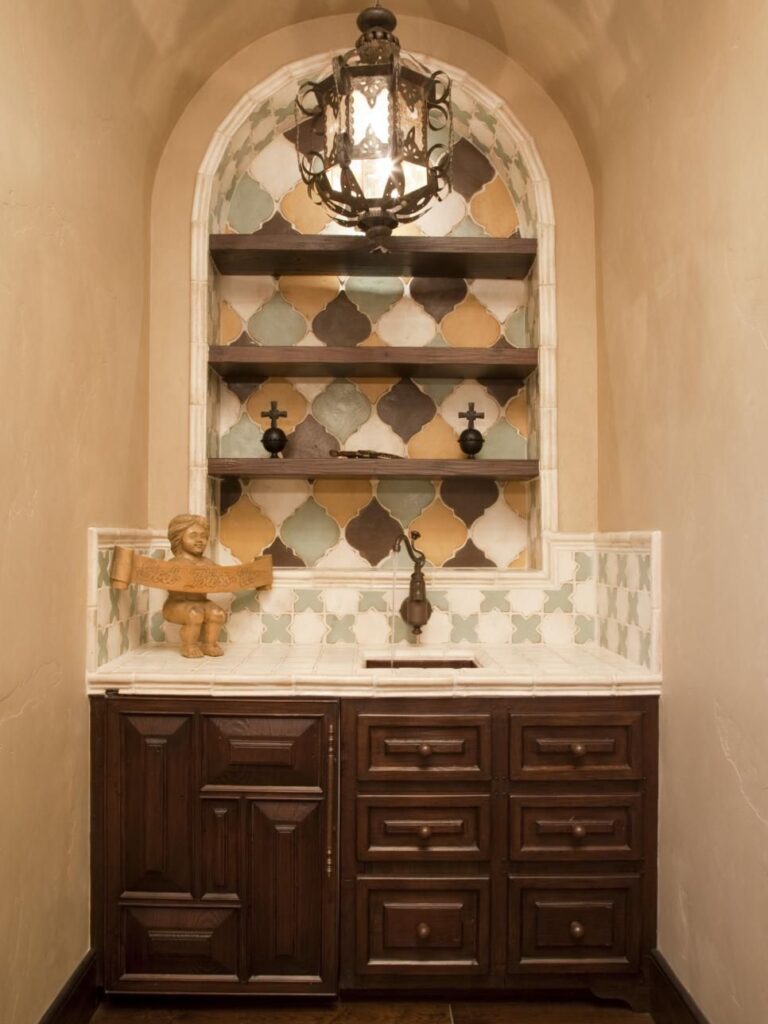
Raw wooden furniture
The furniture that has a privileged role in Mediterranean interiors is therefore also handmade, unsophisticated and marked by the passage of time. This furniture exalts in the beauty of the simple and slow work that lies at the heart of its creation. For a traditional mediterranean aesthetic, look at conifer wood especially.
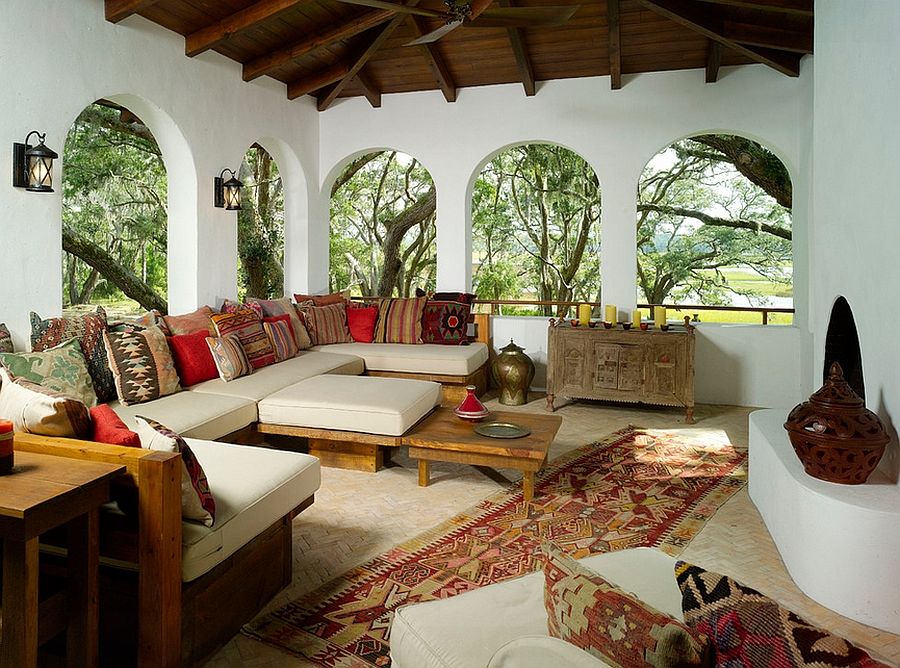
Fabric and natural materials
Alongside old stone, lime and handmade finishes, we often find furnishings and household linen made from natural materials and fabrics. Cotton sheets – linen would have worked as well – are an invitation to fall asleep, while the straw baskets are a perfect decorative accent.
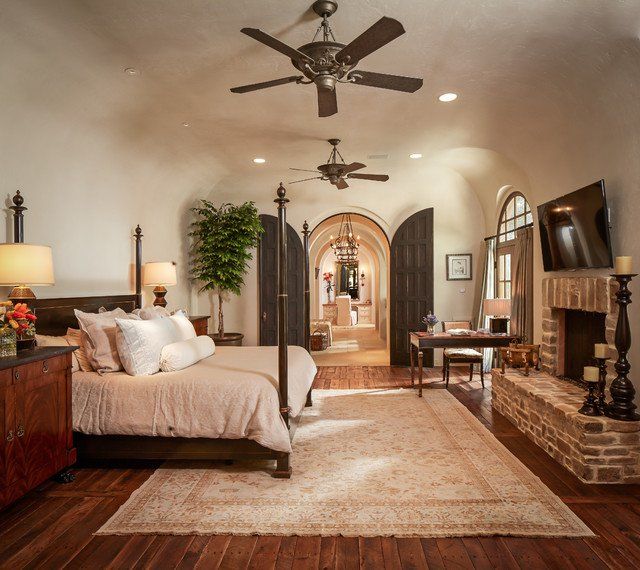
Reed pergolas in outdoor spaces
On hot and sunny days pergolas with reed lattices make terraces and gardens enjoyable even during the warmest hours. Their structure promotes the growth of climbing plants, which add spontaneous organic decoration.
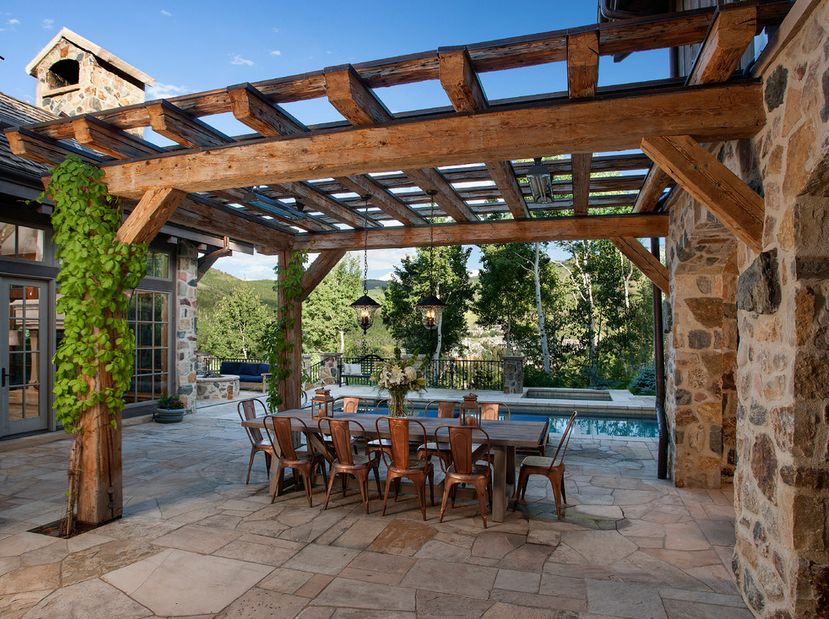
New mediterranean minimalism
It should be emphasised, however, that the Mediterranean area is not just about traditional style built up of various architectural staples; it also showcases the best expressions of contemporary architecture and design. Especially interesting are projects that integrate the Mediterranean spirit with a minimalist touch: Houses large and small that deftly mix concrete with old, original materials, essentially representing the abstract icons of traditional forms while maintaining that smooth and cozy Mediterranean touch.
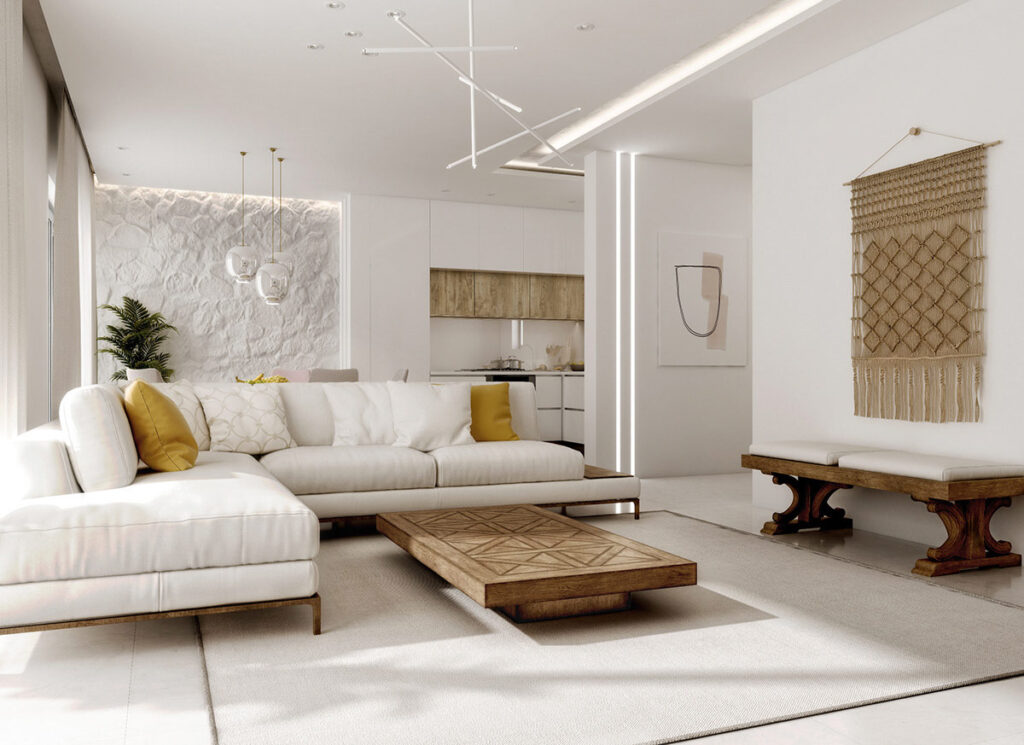
An olive tree in a terra cotta pot
If one had to name a plant that, above any other, has influenced the history of every single Mediterranean civilisation, it would definitely be the olive tree, which grows throughout the Mediterranean basin. We often find olive trees on terraces overlooking the sea, so why not plant them in wonderful (and natural) terra cotta pots?
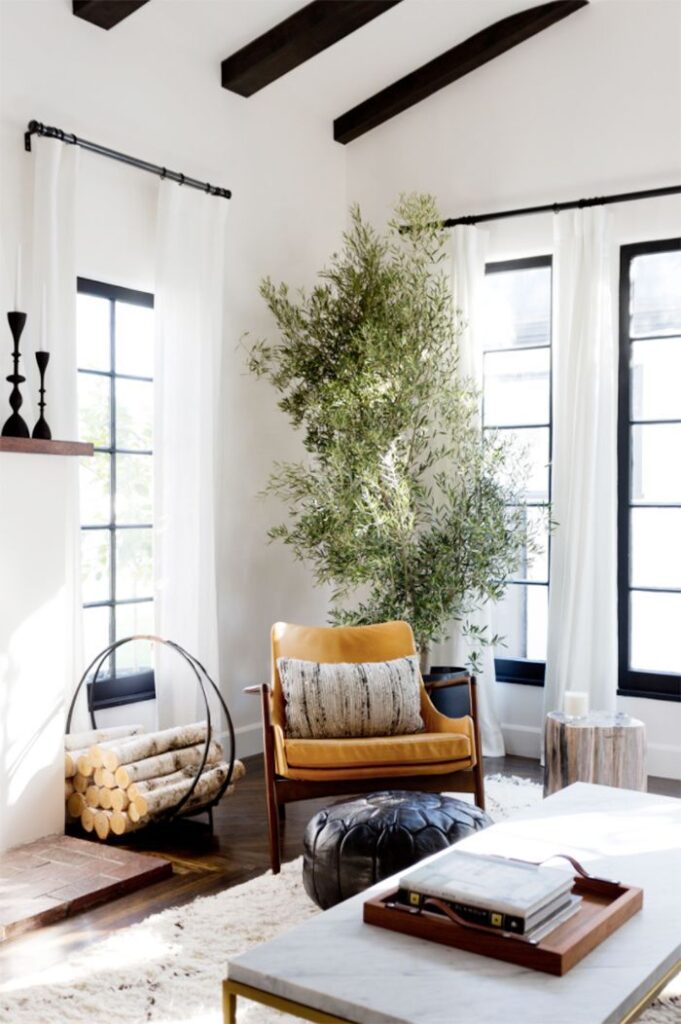
Elements mentioned above are the ways to embrace Mediterranean Design Style in your home.
Get to know about other Design Styles :
Tips to master Scandinavian Interior Design
10 Interior Design Styles Explained
Spanish Revival Style and their Architectural Elements